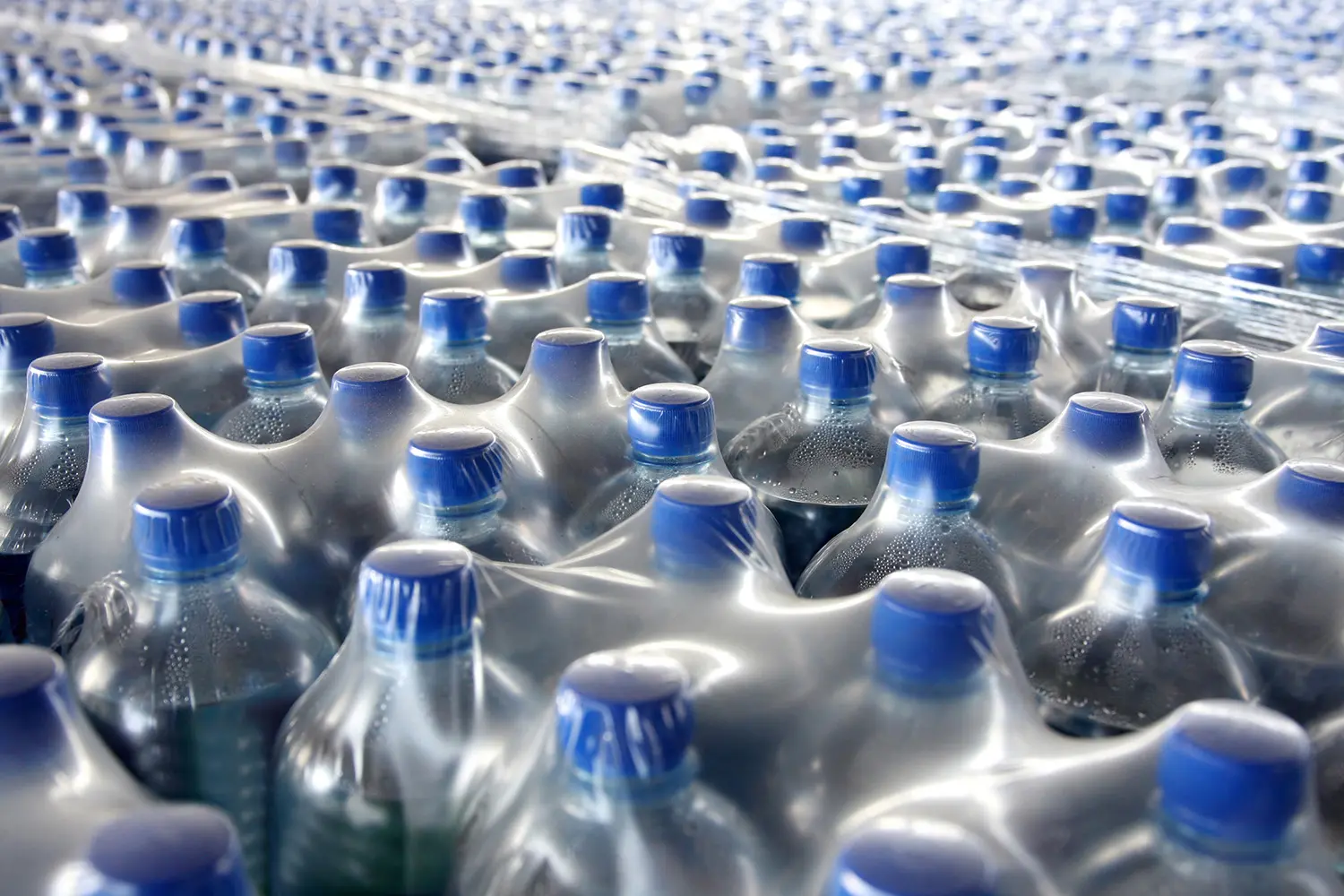
The U.S. government’s recent decision to impose new tariffs on aluminum and steel is being framed as a way to protect domestic manufacturing and national security. However, like many policies that fail to account for unintended consequences, this move could actually accelerate plastic production—an environmental disaster in the making. As companies seek to avoid higher costs on metal-based products, they will likely turn to plastic as a cheaper alternative, reinforcing a system that prioritizes short-term economic gain over long-term sustainability.
When tariffs increase the price of aluminum and steel, companies that rely on these materials—such as food and beverage manufacturers, construction firms, and the auto industry—have a choice: absorb the cost, pass it on to consumers, or find an alternative material. Plastic, produced largely from U.S.-sourced petroleum and natural gas, becomes the most cost-effective replacement.
This shift is already happening in packaging. Aluminum cans and steel food containers may become significantly more expensive, leading manufacturers to ramp up plastic bottle and container production. The construction industry, too, may rely even more on plastic-based materials like PVC piping and composite panels to offset the higher costs of metal components.
While this may seem like a logical response from a business perspective, it is a false solution that fails to address the bigger problem: the unchecked rise of plastic pollution.
Plastics are derived from fossil fuels, meaning that an increase in plastic production directly contributes to climate change. Unlike aluminum and steel, which can be recycled indefinitely, plastics degrade in quality after recycling and often end up in landfills, incinerators, or our oceans. The U.S. already produces far more plastic than it recycles, and with plastic consumption set to increase due to these tariffs, we can expect even greater environmental fallout.
This policy ignores the fact that plastics come with their own hidden costs—massive waste management challenges, toxic chemical exposure, and microplastic contamination in our air, water, and food. Choosing plastic over metal isn’t a better solution—it’s just shifting the burden to another environmental crisis.
Rather than pushing industries toward plastic, policymakers should be focusing on true solutions that drive sustainable material use. Here are a few alternatives:
The new tariffs on aluminum and steel may be intended to protect American manufacturing, but without considering their full impact, they risk worsening the global plastic crisis. The rush to replace metal with plastic is a false solution that only deepens our dependence on fossil fuels and accelerates pollution. Instead of blindly accepting this shift, policymakers and businesses should work toward good solutions that prioritize sustainability, circular economies, and real innovation.
We can’t afford to trade one environmental problem for another. If we want a truly sustainable future, we must demand policies that don’t just look good on paper but actually lead to long-term benefits for people and the planet.
02/11/2025 – Written by the FalseSolutions.org Team